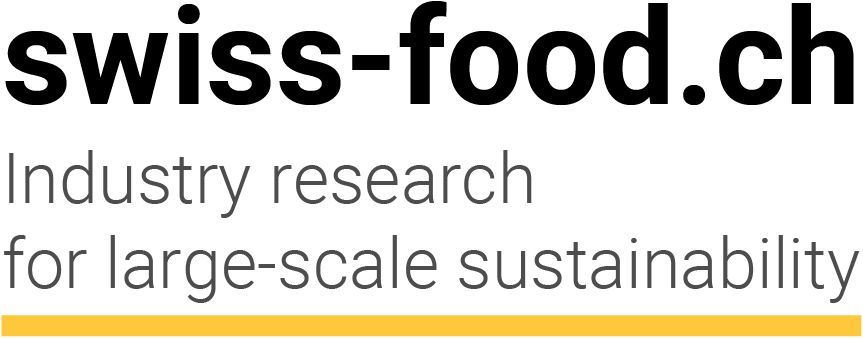
A Holistic Approach to Sustainability
Sustainability has become an integral part of our everyday lives. From our food to our clothes, to energy consumption and mobility—everything needs to be as sustainable as possible. In fact, the term has become so common that it has lost some of its meaning. Anything can be sold as “sustainable”. That’s why it’s important to take a closer look at what the term means. On one hand, sustainability includes a time component. On the other hand, it has an ecological, economic, and social dimension.
Tuesday, December 14, 2021
If something appears to be good for the environment at first glance, it is often considered to be sustainable. Radical steps are then often demanded, such as bans on pesticides, fossil fuels, nuclear power, and genetic engineering. However, the economic and social impact of these radical measures is not taken into account. And conflicts between ecological objectives are ignored.
One-dimensional View Leads to Conflict of Objectives
One-dimensional approaches quickly come into conflict with other, comparable concerns. A radical ban on pesticides, for example, would reduce harvests of the eight most important crops by a third. This would result in famine. An overnight ban on fossil fuels would cripple the entire economy and also slow down agricultural production. Tractors, harvesters, and trucks would all be put out of action, with fatal consequences for the whole of society.
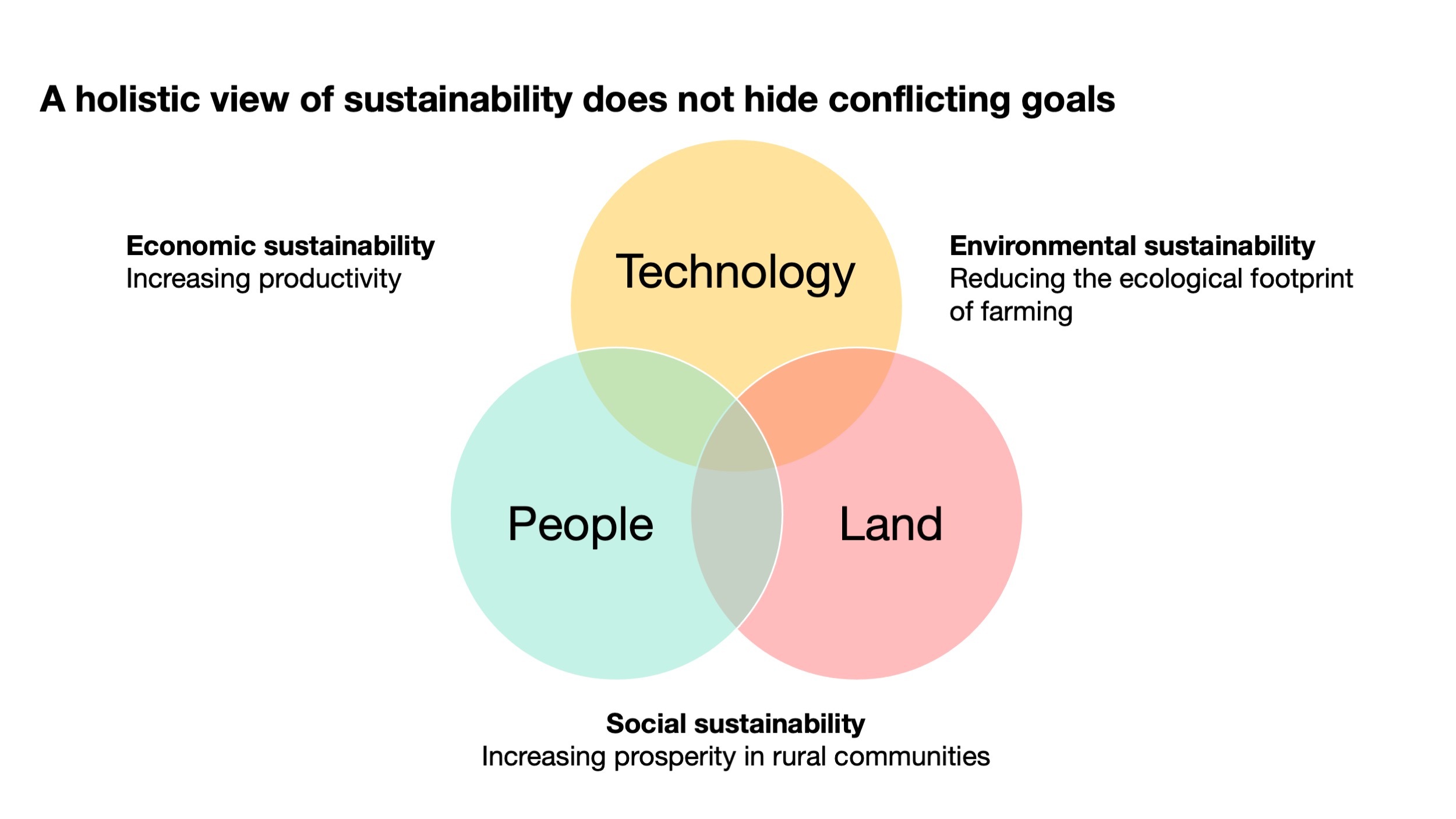
Syngenta and Bayer are aiming for sustainability in all three dimensions: ecological, economical, and social. Sustainable development must be based on evidence and science. First and foremost, we need to move away from small-scale solutions when it comes to sustainable thinking. Sustainability must be viewed on a global scale. And the research industry has a key role to play here. This alone has the capacity to drive sustainable solutions forward on a large scale. After all, individual solutions that work well will not necessarily do so when scaled up.
Ecological Dimension
Even if everyone on earth had a plot of land available where they could produce food themselves, a return to self-sufficiency wouldn’t be a viable option. This would mean that everyone would focused on food production. No one would be available to research and drive innovation on a large scale. Had we humans all continued to produce our own food, none of the medical and technological advances of the modern era would have been possible. A return to the self-sufficiency model is unrealistic. Productivity in food production would also suffer, however. The increased land usage would come into conflict with the desire for having as much open space as possible.
Even from an ecological perspective, protecting the environment is reliant on innovation. New technologies, such as more environmentally friendly, highly specific pesticides, green genetic engineering and crops that are adapted to the requirements of climate change, offer great potential in this area. Ensuring the right conditions for research are in place is therefore crucial in ensuring that agriculture is more sustainable. Of course, you always have to work together with nature. But we need to move away from the idea that only nature can provide sustainable solutions. This means a replacement for copper antifungal agents will ultimately be required. In the future, many environmentally sound agents will be produced “artificially” in laboratories. This will have huge advantages for natural resources, which will therefore be placed under less strain. A “return to nature” is therefore not a viable option.
Economic Dimension
Sustainable agriculture is productive. It uses the available land in a resource-efficient manner. Resources like land, water, fertilizers, pesticides, work, and money should be used as efficiently as possible. All forms of agricultural production represent interventions into nature. The land required to cultivate crops is no longer available for other living things. Land used for agricultural purposes also stores less CO2 than uncultivated land. Unproductive and extensive agriculture is not sustainable and, indeed, even wasteful. This is because it “occupies” land that cannot be optimally used for food production. It also moves production overseas, in line with the principle “out of sight, out of mind”. Economically and ecologically driven agriculture also has to remain productive, particularly against the backdrop of global population growth.
Social Dimension
Producing enough healthy food is the primary task of agriculture. But what use is healthy food that is unaffordable for a large part of the population? This is where the major disadvantages of organic farming reveal themselves in the social dimension. The productivity of organic farming is around 40 percent lower than that of conventional farming. This is associated with huge price hikes for food which is neither healthier nor better for the environment. Consumers from rich countries can afford products like these. But they are not suitable to feed the whole world: Many people in poorer countries cannot afford organic products. Agriculture is only sustainable if the products can also be bought at affordable prices.
At the same time, working as a farmer must remain an attractive option. The United Nations estimates that approximately 70 percent of the world’s population will live in cities by 2050. This means that fewer and fewer people will want to or be able to work in agriculture—particularly when the farms do not add value, but margins are skimmed off by retail business, as is the case in Switzerland. This may have fatal consequences in the endeavor of feeding the world’s urban population. A key factor in making agriculture attractive is ensuring reliable crops and therefore a secure income for farmers in countries where there are no direct payments. That’s why it is a priority for the research industry to also facilitate access to new technologies for smallholders.
Related articles
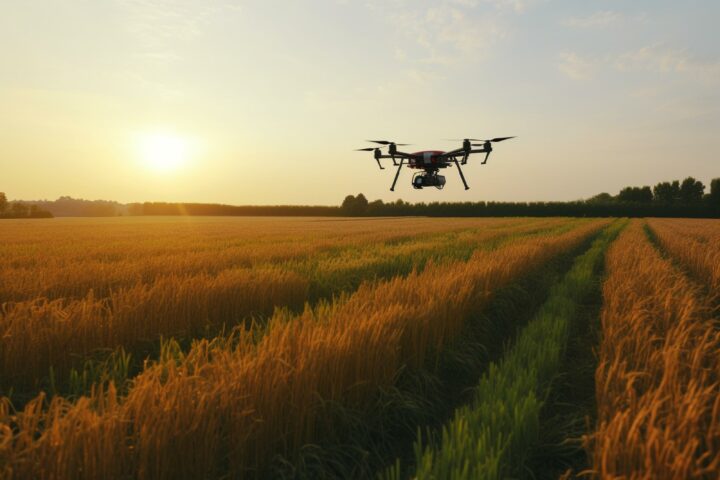
Why AI has not yet had its breakthrough in agriculture
Artificial intelligence is gaining ground in many areas. However, the new technology does not yet seem to have really arrived in agriculture. The reason for this is nature, which is throwing a spanner in the works of AI. Nevertheless, the opportunities that AI could offer agriculture are immense.
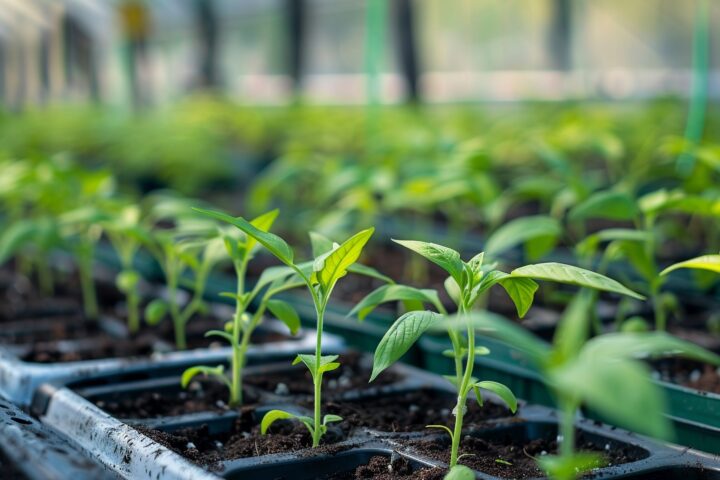
Nutrition: Does the future belong to the green gene scissors?
New plant varieties contribute to security of supply. The new breeding methods known as "gene scissors", such as Crispr, have the potential to revolutionise agriculture and nutrition.

Regional products are more in demand than ever
The demand for regional products could hardly be greater. This is shown by a new study by the Zurich School of Business. Consumers even consider regional products to be significantly more sustainable than organic or premium products. To keep up with this trend, it is therefore all the more important to promote modern breeding techniques and plant protection products.
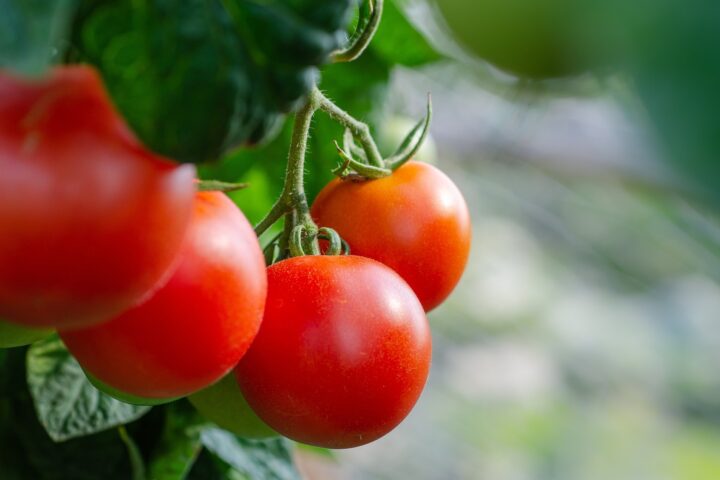
Tomatoes: From «water bomb» to aromatic fruit
The diversity of commercially marketed tomato varieties is greater today than ever before. This has to do in particular with the breeding of new varieties.

